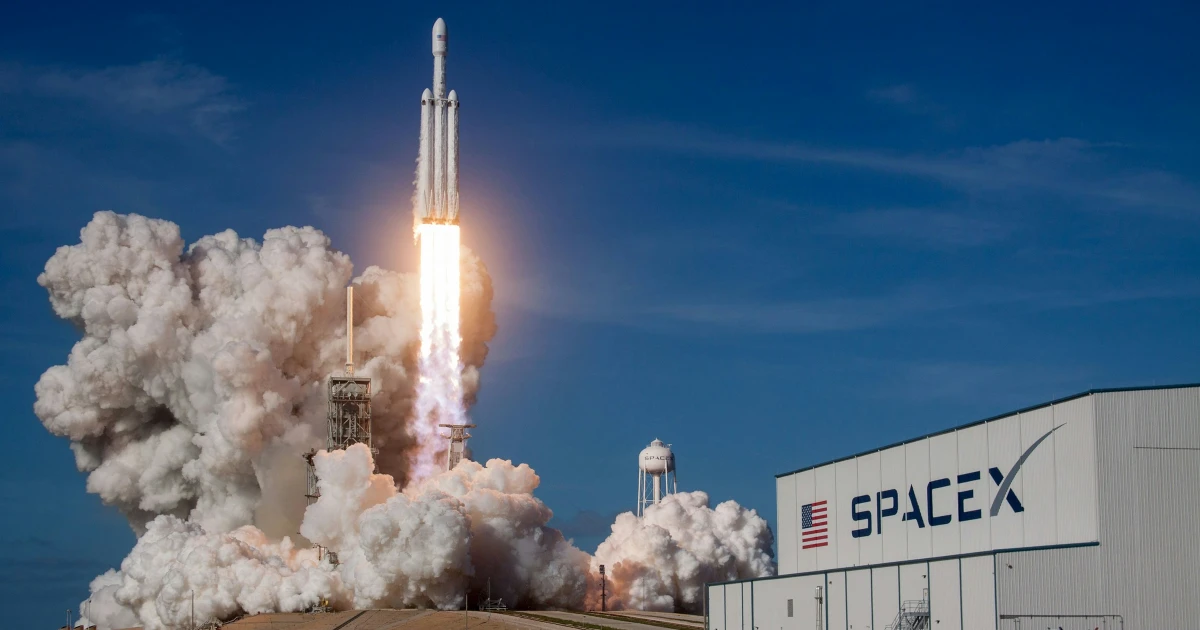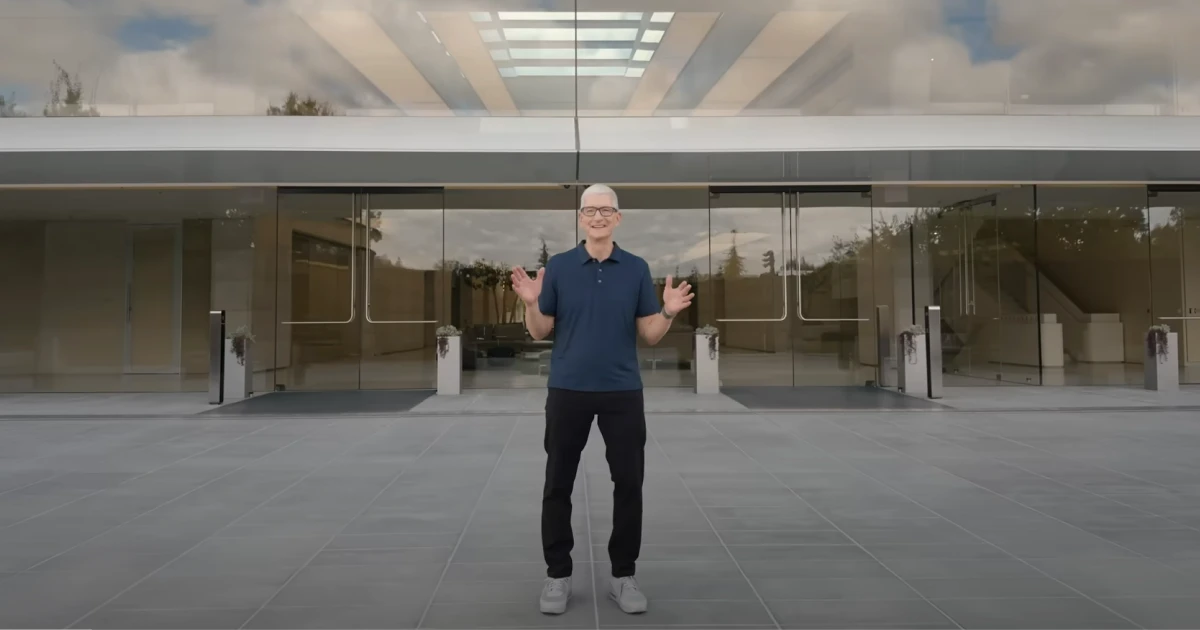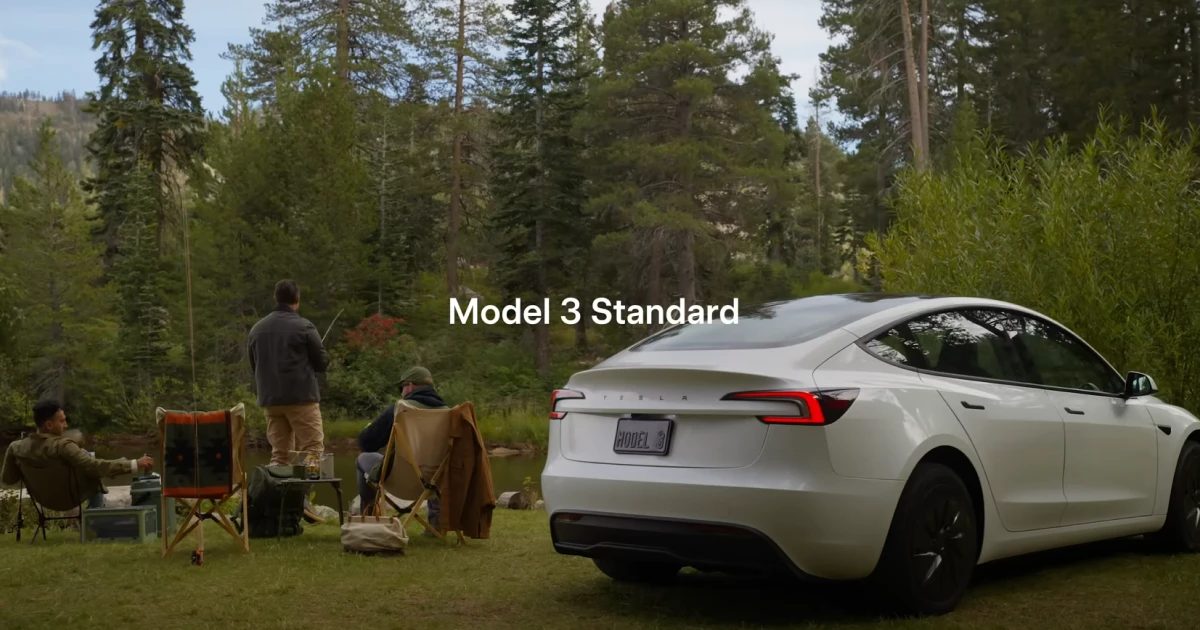Meanwhile, the upper stage, also called Starship, reached space. For the first time on a Starship flight, it opened its Pez-style payload door and let go of three Starlink mass-simulator satellites. This event was longed for by SpaceX, yet it failed to demonstrate on earlier missions. More so, the company also successfully re-lit one Raptor engine in space before guiding the vehicle toward the Indian Ocean, where it splashed down and exploded into the Gulf of Mexico.
It is also worth mentioning that on the way down, the exterior of the ship was exposed to severe temperatures during atmospheric reentry, providing an excellent test environment for the upgraded thermal-protection system. SpaceX also used this test to try out a series of experiments, such as removing tiles from sections of the Ship in order to see how its outershell operates on reentry, plus a new metallic tile and an actively cooled tile.
The upper stage completed the entire test and splashed down into the water without losing comms with SpaceX engineers. During the last flight, the Ship also reached space and then lost attitude control during the coast phase, preventing the payload doors from opening.
It comes as a big accomplishment for SpaceX, which has repeatedly lost the Starship upper stage due to multiple series of technical failures during flight.
Those issues have also raised questions as to whether the rocket will be ready to land humans on the moon by mid-2027 for NASA, or when it will be capable of deploying next-gen Starlink satellites for the company, reported TechCrunch.
This marks an important advancement for the company, as they are looking forward to creating a space for eventually sending humans and cargo to Mars.














